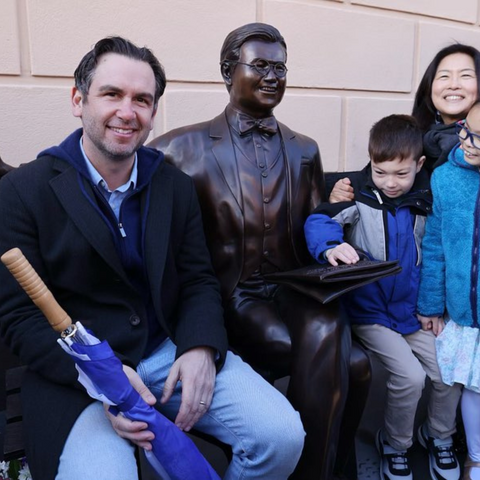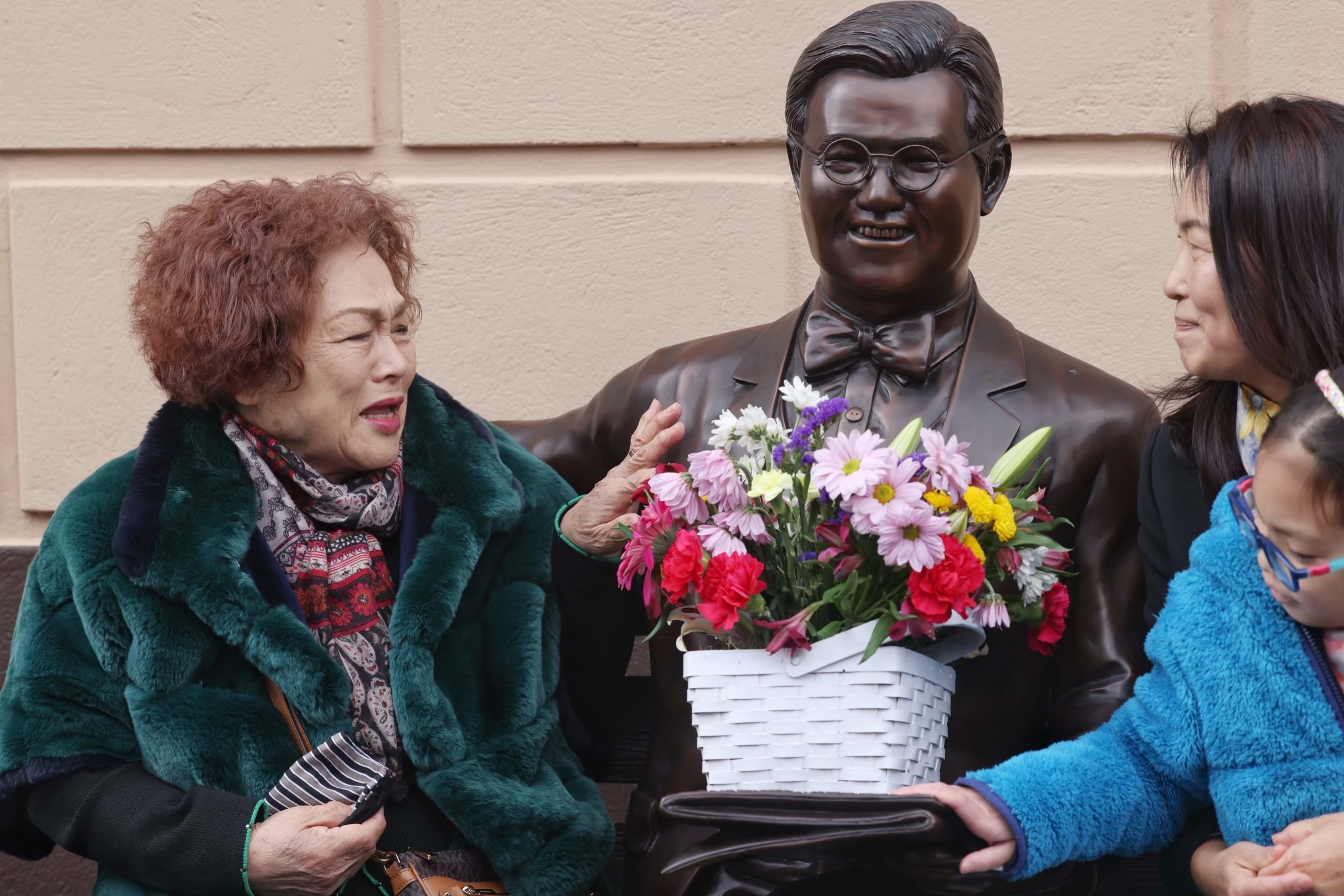In the early 1960s, the Vietnam War raged and the threat of communism spread across southeast Asia. A 1962 peace conference in Geneva had declared the Kingdom of Laos — a neighboring country of Vietnam — neutral, but communist North Vietnam's continued presence in the country prompted the U.S. to become more involved.
The U.S. increased its military aid to the area and the CIA became engaged in the Secret War.
The CIA began recruiting ethnic peoples in Laos, and the Hmong were among the new recruits. Thousands of Hmong men and boys were armed and trained to form a special guerrilla unit that was tasked with rescuing fallen U.S. pilots and blocking the dangerous Ho Chi Minh Trail — North Vietnam's supply route to their allies, the Viet Cong in South Vietnam.
The slate that originally was meant to display names of veterans living in Marathon County now tells a detailed story of the Hmong people and their history.
A bronze life-size sculpture of three soldiers rests on top of a 6-foot-tall black granite base. The sculpture depicts two Hmong soldiers, one dressed in traditional Hmong attire and the other in military uniform, helping an American pilot to safety.
The front of the monument describes that it is dedicated to all Hmong and Lao soldiers who served in the Secret War and it honors their courage, bravery and loyalty in defense of liberty and democracy. The back of the memorial describes the work of the veterans to aid the Americans.
It is estimated that more than 30,000 of the 300,000 Hmong living in Laos died as a result of their involvement in the war.
"This memorial is about us; it tells everyone what we did," said Capt. Wang Sao Yang, 77. He served from 1960 to 1975 in a communications unit using radios to dispatch artillery coordinates to bombing missions. In 1976 he immigrated to the U.S. eventually settling in Wausau.
While the memorial honors veterans, it also educates the Hmong youth and the greater community about the Hmong people's sacrifice during the Secret War, the veterans said.









0 comments